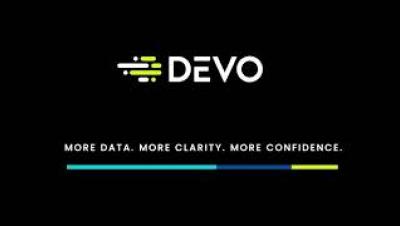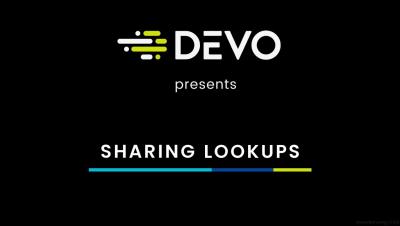Security | Threat Detection | Cyberattacks | DevSecOps | Compliance
September 2021
Building Better Use Cases for Your SIEM
Deploying a next-gen cloud-native security information and event management (SIEM) in your security operations center (SOC) is a big step in the right direction toward significantly improving your organization’s security capabilities. But once you have that state-of-the-art SIEM in your SOC, how do you get the most out of it? One key step is building and executing specific SIEM use cases designed to meet the particular needs of your organization.
Searching data - Sharing lookups
How Devo Helps Our Customers Solve Pressing Cybersecurity Challenges
For the past 10-plus years, cybersecurity solutions have been innovating rapidly to thwart new threats. But as they solved security challenges, new ones constantly emerged — especially as organizations continue to expedite their digital transformation efforts and shift to the cloud.
What Is SIEM?
Technology companies love abbreviations and acronyms. Starting with what’s probably the original tech company, International Business Machines (better known as IBM), initials, abbreviations and acronyms continue to dominate the personal computer (PC), telecommunications (telco), security operations (SecOps), and many other tech industries.
Top Three Reasons You Should Use an Endpoint Agent
To better understand your security posture, your security team needs visibility into your environment and infrastructure. But to achieve more granular visibility, they also need an effective and efficient way to collect data from company endpoints. Deploying an agent provides your security team with an efficient way to collect endpoint data in a scalable manner.
Federal Effort to Improve Cybersecurity Prioritizes Log Management
In May, President Biden issued an executive order designed to improve cybersecurity in the federal government and, by extension, the nation. Recently, details have started to come out about what this much-needed effort will involve. The latest development is a memorandum from the Office of Management and Budget that focuses on data log collection and analysis.
Searching data in Devo
Leveraging Threat Intelligence and SIEM to See the Big Picture
Can you recall exactly how good or bad your vision was following your last eye exam? Most of us can’t. A casual poll around the office showed that many people focus only on whether our eye doctor says we need an updated prescription for glasses or contacts. Often, we walk away with a new script but without a clear understanding of our overall eye health, i.e., whether our eyesight got better or worse since the previous visit.





